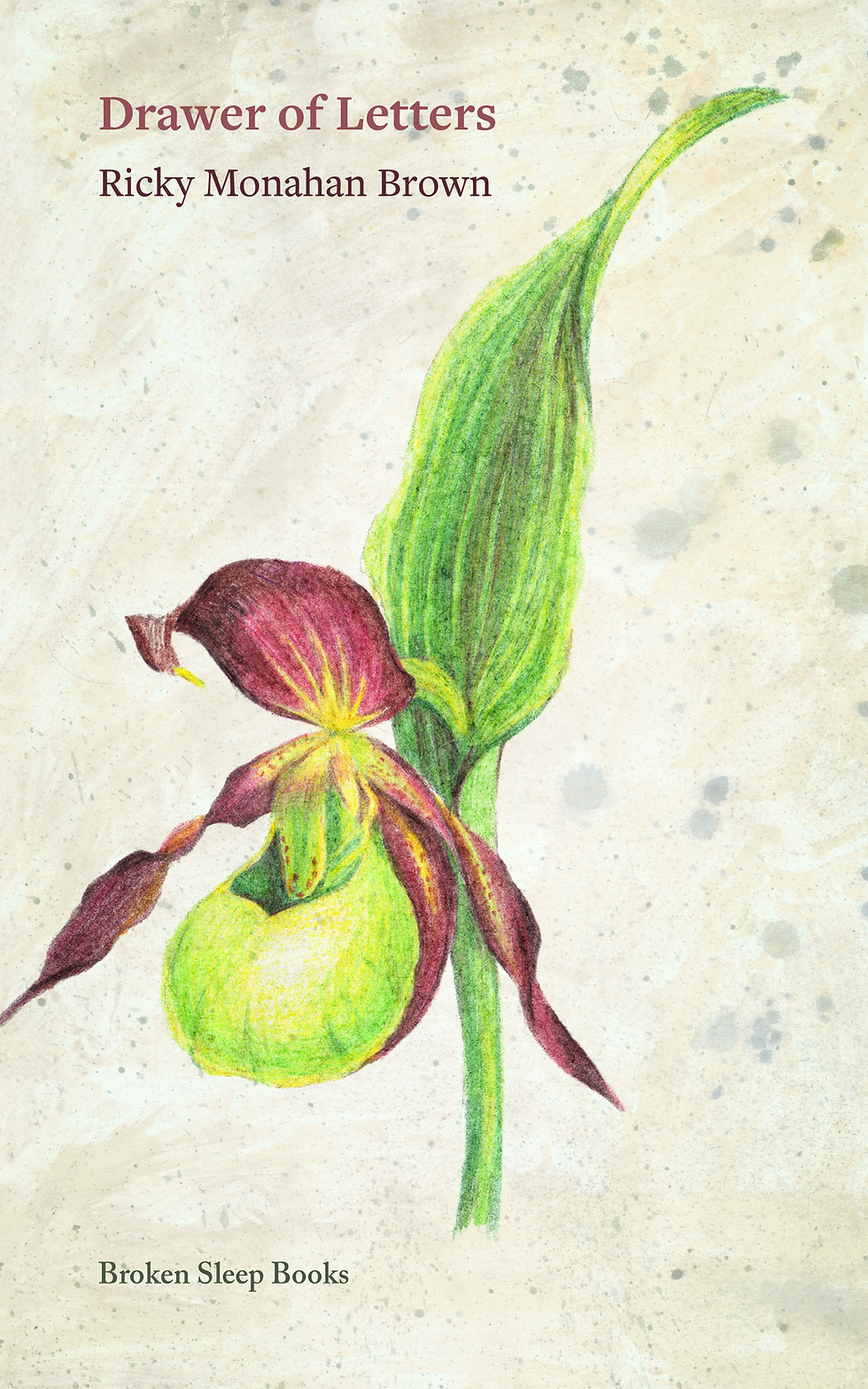Released 31st March 2023 // 100 pages // 978-1-915079-62-6
These poems are a product of trespass, burnt foliage, transpiration, and digital fixation. During the 2020 lockdown, Hughes walked across the private golf course located behind her home, veering further away from the public footpath each day. This was both a political and poetic move, which abruptly came to an end when Chobham Common, adjacent to the curated fairway, burnt for 10 days during an August heatwave. Asking whether the form for new crisis-facing ecopoetries be found in the landscape itself, Hughes starts out in the open, borrowing from subterranean stems, the ridges and furrows of bark, soundscapes of birdsong and waste disposal systems, and new pathways or meanderings.
PRAISE for Rhizomes:
Singer of the interstices, daily witness of the multiple, Briony Hughes will reintroduce you to the ragged world. The five sequences assembled in this teeming new collection move from a locality of burning buildings, animal crises and the ‘mimicry or attempt’ of writing the pandemic, to a tireless unfurling of worldly horizon. Here are both direct and reflexive lyrics, poems whose ‘voice / will crack in three / separate places’ to generate their own paratexts and re-scorings: poem as footnote, as daybook, as wasp. Followers of Spahr, O’Sullivan and Howe will enjoy Hughes’s plotting (or planting) of textual space, where a printed instruction may also be a map or rune, where a colour becomes a musical note. Offering us its generous ecopoetics, Rhizomes insists that ‘any point of us … can be connected to anything other / and the point or crux of it all is that we must be’.
— Rowan Evans, A Method, A Path
To ask ‘and what of’ is to perform what Colin Herd once called ‘the grammatology of the curl’: elongating conjunction into the vine, stem or line itself; sometimes spiralling tight in retreat or return. This is a book of necessity and nourishment, a rhizomatic poetics whose ‘swarm’ of speakers pollinate the page — only to find the page is unreceptive, a spent sugar of clots — poetry becoming a wasp, circling remnants of jam. Summoning the exemplary critters of Deleuze and Guattari’s A Thousand Plateaus (rats and taproots), this is a work of composting meaning, multiplicity and agency. An ‘era’ can be found in the word ‘feral’, a ‘wing’ in ‘spewing’. Colour, foliage, prose and lyric gesture towards the undersong of habitats only partially known to us. A grammar of the lost, the event, the many, the several — caught in the ‘open apostrophes’ of another voice. This is a remarkable work of intense listening, care and questioning.
— Maria Sledmere, String Feeling
ABOUT Briony Hughes:
Briony Hughes is a poet, visiting tutor, and Techne AHRC-funded PhD candidate based at Royal Holloway, researching hydropoetics, Kathleen Fraser, and Charles Olson. Briony also teaches on the Creative Writing MA programme at Brunel University and leads workshops at Beyond Form Creative Writing. Her publications include Dorothy (Broken Sleep Books), Microsporidial (Sampson Low), and RHIZOME or TAPROOT (Paper View Books). Her limited-edition artists’ books have been collected by the National Poetry Library, Senate House Library, and the Kings College London Special Collections. She is editor at Osmosis Press and a co-founder of the Crested Tit Collective. Briony is an Associate Member of the Royal Holloway Poetics Research Centre and a participant in the Techne Embodied Practice Group. Twitter: @brihughespoet
top of page
£19.99Price
Related Products
bottom of page

































